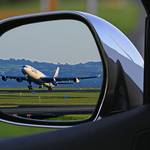General
Transport
People
Accomodation
Food & Drink
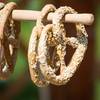 What is the local food like in Germany?
What is the local food like in Germany?
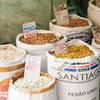 How much does the food cost?
How much does the food cost?
 What are some places to eat?
What are some places to eat?
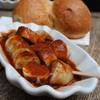 What local dishes to try in Germany?
What local dishes to try in Germany?
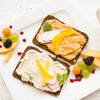 What can I eat in Germany as a vegetarian?
What can I eat in Germany as a vegetarian?
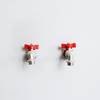 Can I drink tap water in Germany?
Can I drink tap water in Germany?
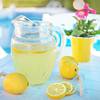 What soft drinks are available?
What soft drinks are available?
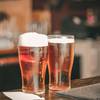 What beer concoctions to try in Germany?
What beer concoctions to try in Germany?
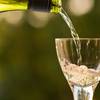 What other alcoholic drinks to try while in Germany?
What other alcoholic drinks to try while in Germany?
 What are the restrictions regarding alcohol consumption?
What are the restrictions regarding alcohol consumption?
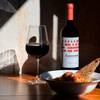 Where to buy alcohol in Germany and how much does it cost?
Where to buy alcohol in Germany and how much does it cost?
Sightseeing
Legal
Money
Safety & Health
Family travel
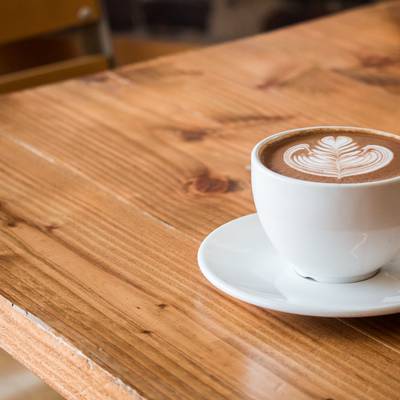
Is there a coffee and tea culture in Germany?
In the late 1700s, coffee houses were becoming a real thing in Europe. This is where the elite met to discuss life and times with coffee and tea. Both drinks were expensive and really only available to the rich. But by the early 19th century prices had dropped so that everyone could enjoy a cuppa.
It’s important to understand there is no such thing as “German coffee.” Coffee trees don’t really flourish in northern Europe. All that Dallmayr, Hag, Jacobs and Tchibo coffee gets to Germany via Bremen, Hamburg and other European ports. That’s no different than the rest of Europe. Other than the type of bean, the main difference is the roast. The brewing methods are pretty similar all across Europe, and Germany is no exception.
Drink whatever form of coffee you like – from black to espresso to cappuccinos – whenever you like. Coffee is what Germans do and the coffee is quite excellent (in most cases). What sets Germany apart is the tradition of afternoon coffee that means so much more than a cup of black brew. To be asked if you want to “have coffee” often means there will be cakes, tarts, strudels or other baked goods involved. “Kaffee trinken” is a reverent thing in this corner of the world, especially on weekend afternoons. It’s treated a bit like the quintessential English teatime: You may be hungry by mid- to late afternoon so why not have a piece of cake to tide you over?
Because of the Germans' huge love for coffee, enviromental problems have arised in the past few years. And being as green as they are, people in Germany now try not to use plastic straws and non-recyclable single cups. They usually buy a thermos or a thermo cup. If you have one at home, bring it to Germany or just drink coffee in to keep up with the modern German way of drinking coffee!
If you’re in Berlin, check out these coffee places: Oliv, Godshot, Five Elephant, Companion Coffee, Sankt Oberholz.
Warning: “Eiskaffee” is not iced coffee. It is coffee with ice cream!
A few centures ago, in Germany, coffee was king but tea was big in Ostfriesland (East Frisia). To put it in perspective, more people drank tea than beer. That is partly because it was cheaper – which worried the Prussian monarchy. They tried to steer people away by making a policy against it in 1778 AD which led to tea smuggling. Think secret tea parties and undercover tea ops. Within two years, they gave up on the ban.
But that wasn’t the last of it for tea struggles in Germany. World War II meant basics were a luxury, including tea. Only 10 grams (1/2 ounce) were allowed per person, per month. In deference to the rabid tea drinkers of East Frisia, they were afforded an extra Teekarten allowing for increased tea rations. However, this was still not enough and people got inventive with herbs and sugar, crafting their own tea substitutes.
Nowaydays, Schwarztee (black tea) and Fruchttee (fruit tea) are most popular throughout Germany with Kamillentee (Camomile), Fencheltee (Fennel), Hagebuttentee (Rosehip) and Pfefferminztee (Peppermint) all making an appearance. Most German tea drinkers prefer loose tea which requires the accoutrement of tea pot, strainer, infuser and all sorts of things.
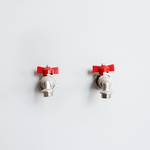
Can I drink tap water in Germany?
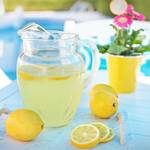
What soft drinks are available?
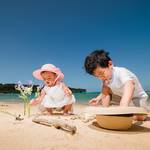
What are some things to do in Germany with children?
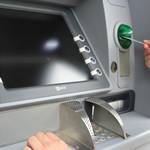
How do I use ATMs in Germany?
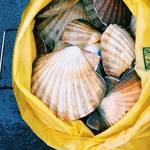
What am I allowed to export from Germany?
